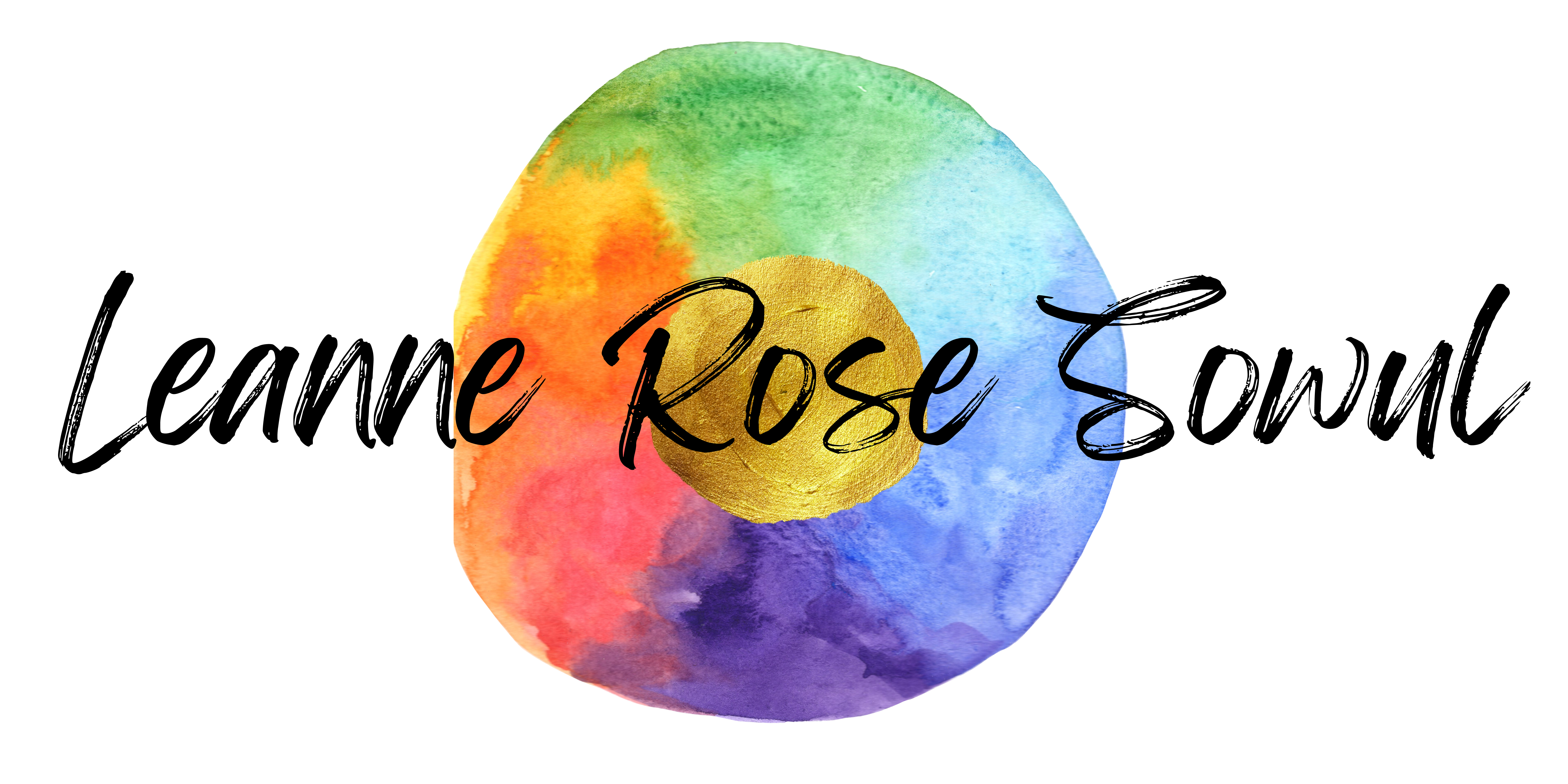My seven year-old son loves board games, and we have a lot of classic games in the house. Yesterday, he wanted to play “Guess Who?” a game I’d bought on a whim at an old general store a few years ago because I remembered it fondly from my childhood. I hadn’t looked at it too closely when I bought it. I hadn’t recognized the problem with the game when I was young.
“Guess Who?” is played with two boards, each comprised of 48 flip-up cards that have faces on them. Each person draws a face card from a deck of duplicate faces, and the goal of the game is to guess the other person’s face/name before they guess yours. You must sort the faces into categories by asking questions. “Does your person have white hair?” “Does your person wear glasses?” None of the categories that a person can fit into comprises more than twenty percent of the board. There are only 7 people with facial hair, for example. There are 5 people with hats.
There are only 5 women.
There are no people of color.
“White male” is the default of the board. In that way, I suppose it imitates the power structure of America. It’s almost like looking at the U.S. Senate, or the board room of a major corporation.
The structure of this game wasn’t something I wanted my son to interpret as “normal.” Yet I’d bought the game, and he wanted to play it, and it seemed like refusing to play it would only cause him confusion. Instead, I asked him if he’d noticed what I’d noticed.
“What’s wrong with this group of faces?” I asked.
“I don’t know,” he said. He wasn’t paying attention, too busy flipping up the faces on his board.
“Did you notice that they’re all white people?” I asked.
“Ummm…. yeah. That’s weird.”
“And mostly men?”
“Yeah. You’re right. That’s weird too.”
“Is that normal?”
“No. But can we just play the game, Mom?”
I let it go, thinking that later I’d bring it up again and see if we could get into a more serious conversation about diverse representation. He’s been open to those conversations before. Just last week, he asked me about school segregation and I was able to talk to him about housing discrimination and redlining.
But I didn’t have to wait until later. After we’d played 7 games of “Guess Who?”, he wanted to play “Clue.” As he pulled the box out from under the couch, he commented, “Hey, this one’s a little better. There are three women and three men on the cover. See?” He held it up. “But they’re still all white.” He peered at it again. “Except maybe Miss Scarlet.”
I could have pointed out that in “Clue,” most of the men have titles (Colonel Mustard, Professor Plum) while the women are only Mrs. or Miss. And that Miss Scarlet’s ethnicity isn’t clear (though in the movie, she’s white). But it felt like enough for this moment that he’d listened and observed on his own.
“I’m glad you noticed, honey. That’s what we have to do– keep noticing when people are being excluded.”
I still want to throw out “Guess Who?” though. Or maybe lobby Hasbro to finally make a more diverse version. (I checked. There isn’t one. Although someone on Etsy.com made a celebrity edition that includes a lot more diversity.)

